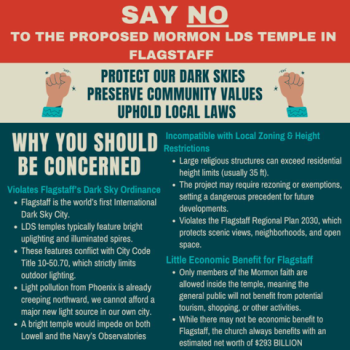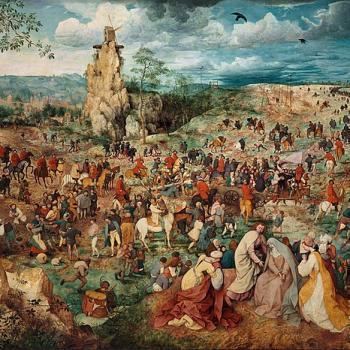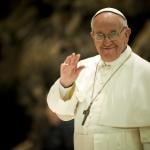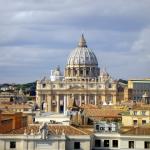
Yesterday, I published an article in Meridian Magazine about a reported phenomenon that puzzles me and that some of you might find . . . well, curious: “Remarkable Signs in the Heavens the Night Joseph Got the Plates.” If nothing else, you might enjoy it.

Two very different takes on the legacy of Pope Francis:
- “Pope Francis, My Worst Protestant Nightmare” (in the Catholic-leaning magazine First Things, written by Carl Trueman, a Protestant theologian whom I admire and who actually spoke at the annual FAIR conference a year or two ago)
- “Opinion: Francis was a champion for the poor” (from the editorial board of the Deseret News)
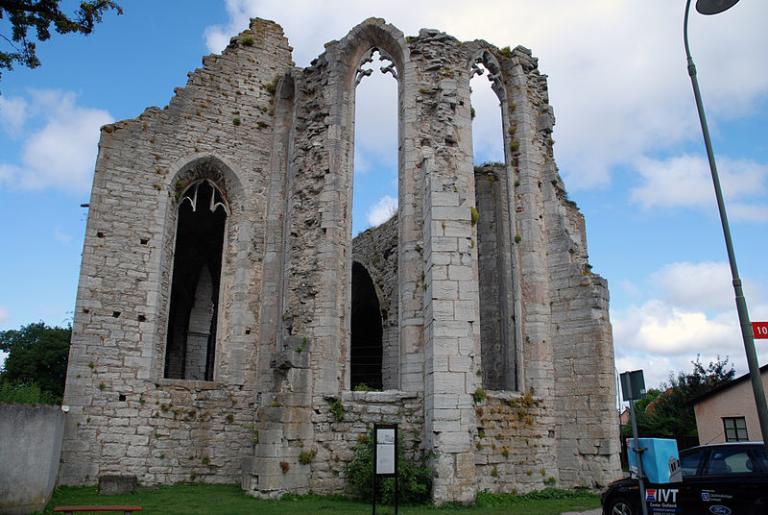
(Wikimedia Commons public domain photo)
I continue to watch with interest the data on religiosity and religious attendance for the United States and beyond (and, according to some, to do my own personal best [by dint of my toxic personality] to drive rates of religious belief and religious activity down). Here are some recent, or relatively recent, articles on the subject that some might find of interest:
“Religion in 2024: The Plateau Is Real: But there’s no evidence of a religious revival, either.”
“The Plateau Of The Religious Nones Continues”
“Understanding the ‘nones’: Distinguishing between cultural identity and authenticity”
“Are Gen Zers Becoming More Religious?”
“Young People are Converting to Catholicism En Masse”
“This Easter, the Church Is Rising from the Grave” (I have some disagreements with the author about Muslims and Islam, but it’s an interesting piece.)
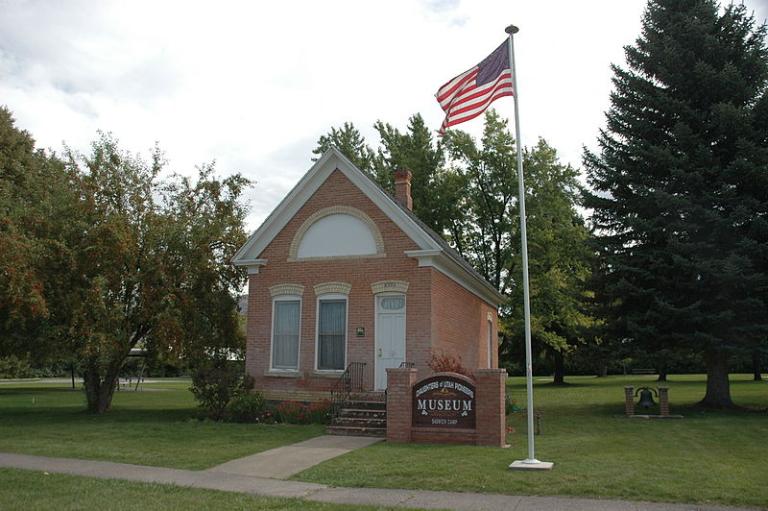
Here’s a significant news story that you might have missed:
- “Tithing Class Action Dismissed”
- “Federal Judge Tosses Tithing Lawsuit Against Mormon Church; Evangelicals Backed Dismissal”

Wow. Last night and, to my surprise, again today I had an unexpected and remarkably unpleasant online encounter with someone whom I once knew. It was really, really nasty. As Palpatine is reported to have said, “The hate is strong with this one.” I hadn’t thought about him in several years. I hope not to think about him again for several years to come. Sigh. Humans can be unappealing.

Flying over to Hawai’i a few weeks ago, I read Patrick Brissey, “Analysis of Recent Objections to the Traditional Near-Death Experience Argument for a Transphysical Self,” Journal of Near-Death Studies 41/31 (Fall 2023): 202-238. Patrick Brissey, Ph.D., is an instructor in the Department of Philosophy at the University of South Carolina. I’ll share a few passages from his article with you here:
In this paper, I defend the traditional argument for a transphysical self from near-death experiences and respond to prominent objections in the literature that have accrued over the last decade, including naturalist interpretations by Borjigin et al., Vicente et al., and Parnia et al. in the AWARE I and II studies. (Abstract, 202)
For the sake of conciseness, Dr. Brissey refers to what he calls the “traditional near-death experience argument for a transphysical self” as “TNDEA,” and, for a succinct formulation of the argument, he cites John Martin Fischer, who actually rejects it:
It seems to people who have had NDEs that their rich and detailed experiences occurred when their brains were “offline,” that is, incapable of supporting conscious experiences. The individual may be in a coma due to a stroke, cardiac arrest, or accident, or the individual may be under anesthesia. During these periods the brain is incapable of conscious experience, and yet it seems that the NDEs occur during these times. If the brain is offline during the NDEs, it seems that there must be some nonphysical mechanism that produces them. (202, emphasis added by Brissey)
Dr. Brissey himself provides a formalized version of the TNDEA, as follows:
P1 [The Ontological Premise] If a person has conscious experiences while the brain is nonfunctional (offline), then the mind can operate independent of the brain, and there is a transphysical aspect of the self.
P2 [The Empirical Premise] Research shows that it is likely that NDErs have conscious experiences while the brain is nonfunctional.
P3 [The Supernatural Conclusion] Therefore, the mind can operate independent of the brain, and there is a transphysical component of the self. (203)
Now, I realize that the term transphysical is a bit problematic from a Latter-day Saint perspective and that the term supernatural may also be open to challenge. But these are issues for another day, and relatively minor in any case. For my present purposes, they are not relevant.
Speaking of the syllogism above, Brissey writes that
By logical inference, the conclusion follows necessarily from the premises. The issue is whether the premises are true. In this paper, I defend the TNDEA and respond to prominent objections that have accrued in the literature over the past decade of NDE studies. (203)
So he proceeds to outline the approach that he will take:
Essentially, The Ontological Premise is not at issue among authors in the professional literature. Not only supporters of the TNDEA but even prominent detractors have indicated that if there is continued consciousness in a nonfunctional brain, then there is a transcendent self. . . .
Given this acknowledgment the common skeptical response to the TNDEA is not to deny P1, the Ontological Premise, but to deny P2, the Empirical Premise. The issue is whether there are incontrovertible, or at least highly credible, cases in which mental activity occurred without reliance on the brain. Given this issue, I turn to a defense of P2, the Empirical Premise. (204)
In the remainder of the article, Dr. Brissey fleshes out his defense of P2.




